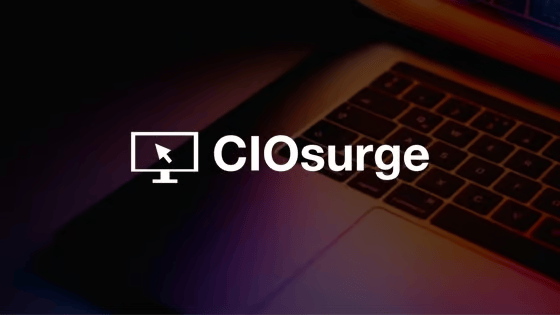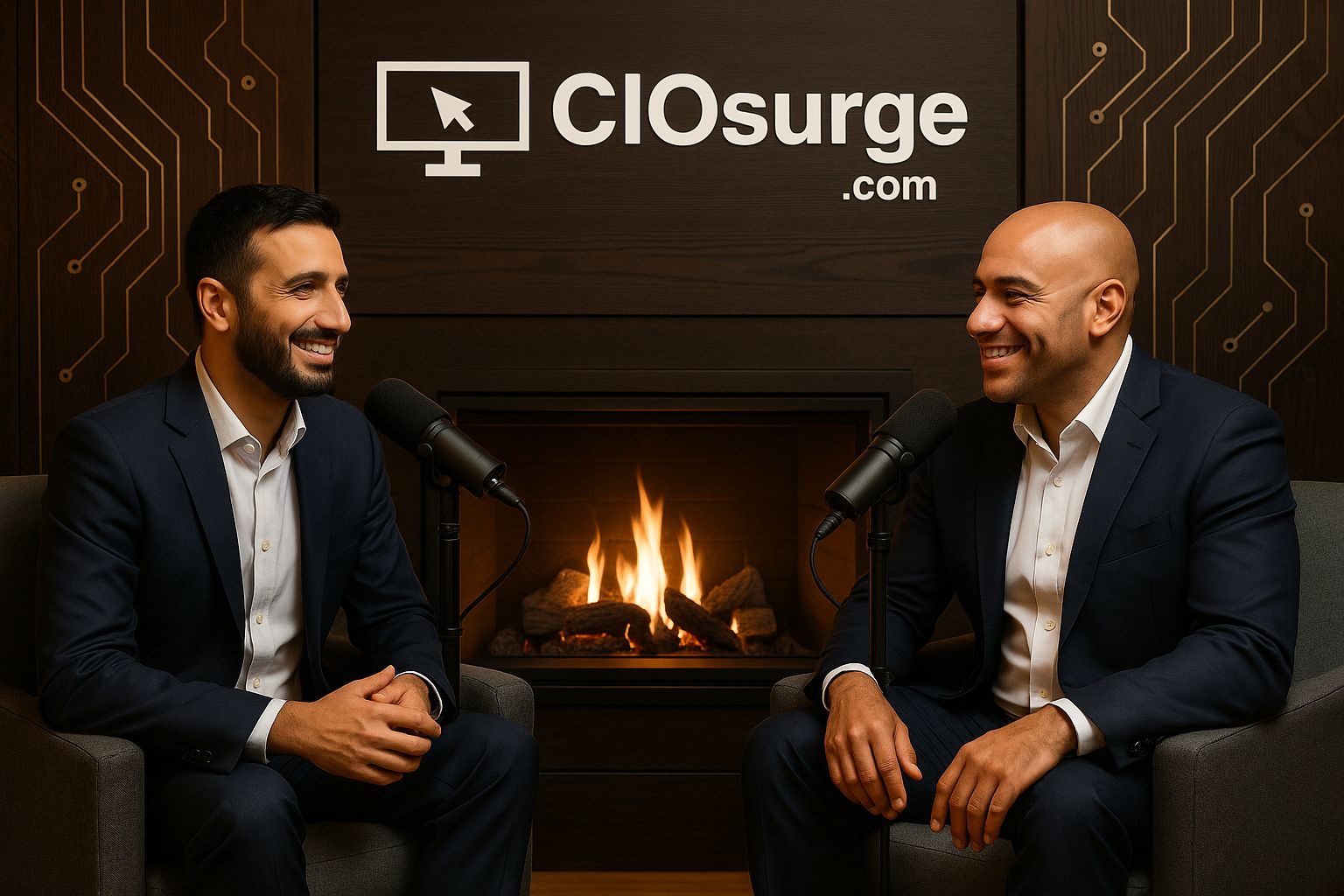- CIOsurge
- Posts
- 🏢 Unexpected cloud costs push enterprises back to on-prem
🏢 Unexpected cloud costs push enterprises back to on-prem
On-Prem Cloud Reversals, AWS Cost-Saving Workarounds, Strategic Cost Management from Shyam Bhojwani


Powered by Single Fin
Welcome to this week’s edition of CIOsurge!
This week:
Hidden cloud costs and customization needs are pushing more enterprises to repatriate workloads, challenging the cloud-first status quo.
Vercel’s new Lambda model showcases how rethinking idle time can slash serverless AI costs by up to 95%.
In our guest series, Shyam Bhojwani of Nextdoor shares how proactive, continuous cost optimization builds stakeholder trust and long-term flexibility.
Let’s make this week a game-changer.
Stay sharp. Stay ahead.
💡 Guest Expert Insights: Shyam Bhojwani
📉 Thoughtful Cost Optimization Beats Reactive Budget Cuts
Wrapping up my conversation with Shyam, he described his thoughtful approach to cost optimization. Rather than implementing abrupt, reactive budget cuts, he proactively collaborates with finance and procurement teams, maintaining clear oversight of SaaS, cloud, and AI-related expenses. Regularly tracking these financial metrics allows him to strategically identify efficiencies without disrupting innovation or service quality.
Shyam also emphasizes cost optimization as a continuous practice—not a one-time event. By consistently managing and refining IT spend, teams build lasting credibility with stakeholders, positioning IT as a strategic partner rather than simply a cost center.
Ultimately, this disciplined approach ensures sustainable, long-term financial health, giving teams more flexibility to pursue strategic investments.
🏢 Unexpected cloud costs push enterprises back to on-prem
A new Liquid Web survey of over 1,000 IT professionals finds unexpected cloud expenses and the need for greater customization are driving companies back to dedicated, on-premises infrastructure. Nearly half (47%) faced unanticipated costs, but customization (55%) remains the top reason for returning workloads on-prem, challenging the assumption that cloud is the ultimate destination for all workloads.
CIOs know by now the cloud isn't always cheaper, but the trend of repatriating workloads underscores a deeper issue: the need for predictable costs, customization, and control that shared environments can't always provide. For many organizations, dedicated infrastructure isn't legacy—it's strategic.
Yet, IT leaders face a communication challenge: convincing non-technical executives why on-prem investments make sense in a cloud-first era. Clear, cost-based analyses backed by performance and compliance metrics are crucial. It's our role as CIOs to translate the technical reality into business outcomes that leadership can readily understand.
- Zack Tembi
🧠 Vercel slashes AWS Lambda costs by tackling idle time
Vercel claims its new Fluid Compute model cuts AWS Lambda costs by up to 95% by reusing idle compute instances that would otherwise be billed during latency-heavy operations like LLM or database calls. By tunneling multiple requests through a single Lambda instance, the company bypasses AWS’s per-request isolation model, optimizing cost without scaling new instances.
If you’re running AI-powered apps or anything latency-bound on Lambda, you’ve probably seen the idle-time billing pain firsthand. Vercel’s workaround shows how creative infrastructure engineering can directly impact cloud cost structure—especially as LLMs become part of more enterprise workflows.
For CIOs, this is a reminder to question cloud cost assumptions. Don’t just look at request volume—scrutinize idle time, concurrency models, and whether your cloud provider’s billing aligns with your application architecture. With serverless, compute efficiency often comes down to what happens when your code is doing nothing.
- Zack Tembi
🗞️ At A Glance

💡 CIO Spotlights
Bank of America taps tech veteran Hari Gopalkrishnan as new CTIO
Bank of America promoted Hari Gopalkrishnan to Chief Technology and Information Officer, succeeding longtime tech leader Aditya Bhasin.
Gopalkrishnan, who joined the bank in 2011, previously led consumer and wealth management tech, driving digital innovation and mobile platforms.
CEO Brian Moynihan highlighted Gopalkrishnan’s role in advancing AI-driven services and client-focused technology solutions.
Highmark Health names Dr. Alistair Erskine as first Chief Information Digital Officer
Dr. Alistair Erskine joins Highmark Health as its inaugural CIDO, tasked with unifying payer-provider data and driving AHN’s digital roadmap.
A former CIO/CDO at Emory, Erskine brings 25+ years of clinical and informatics leadership, including launching the first Apple-powered hospital.
His mandate includes EHR optimization, AI integration, and building a digitally savvy, value-focused health system.






Reply